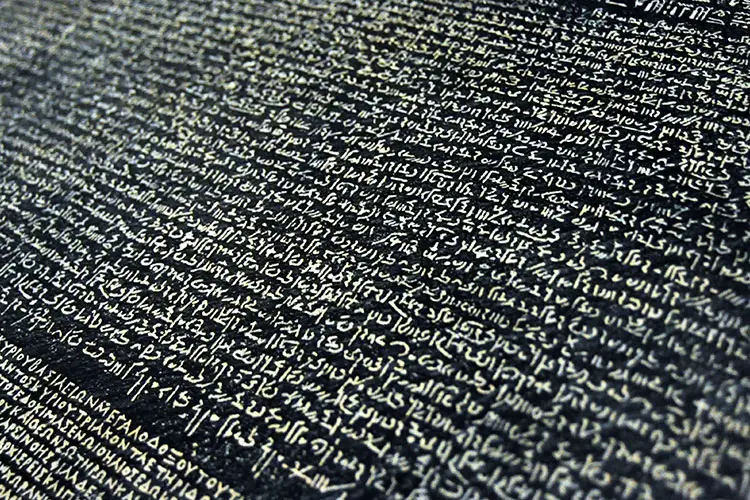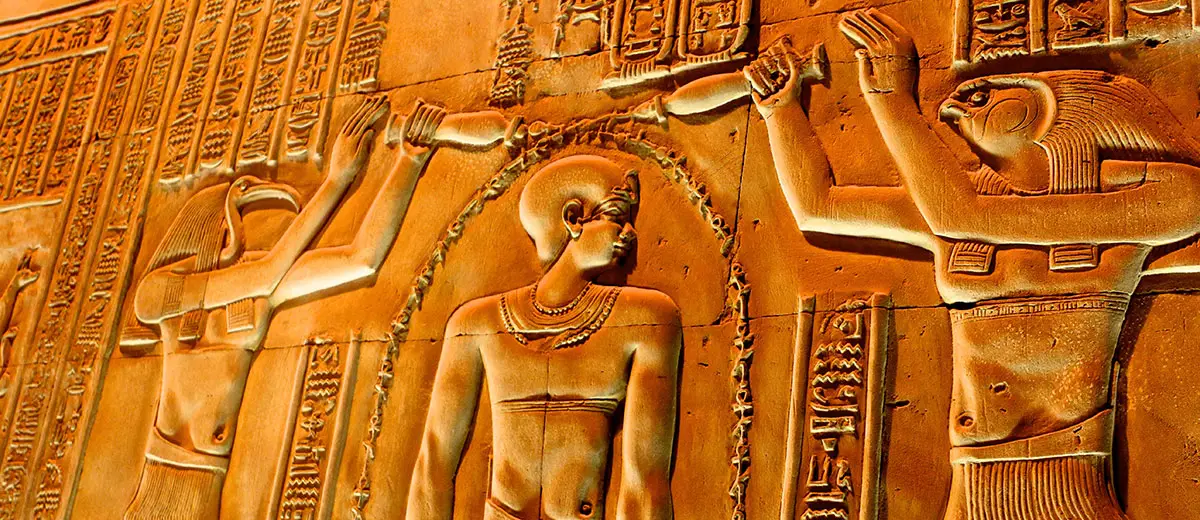What Ancient Egypt was Known For | Its Achievements & Legacy
Since the Egyptians played such a pivotal role in the creation and advancement of civilization, this had the potential to be an extremely long list! However, for the sake of brevity, I have reduced their legacy down to three main areas: religion, engineering and communication, for each of which it is easy to see examples wherever you travel in Egypt.
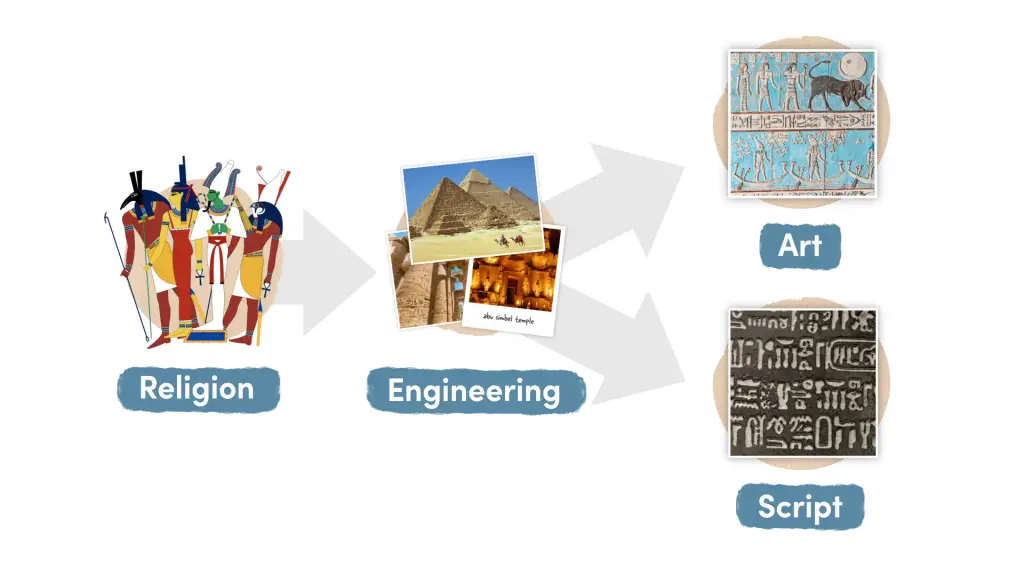
First, understanding the function of religion in Egyptian society provides valuable context to their other legacies. For example, to aid their ascension to the afterlife, a Pharaoh’s tomb was their most important structure and they went to great lengths to ensure its grandiosity. This meant astounding levels of engineering and construction followed by meticulous decoration—including hieroglyphics and art.
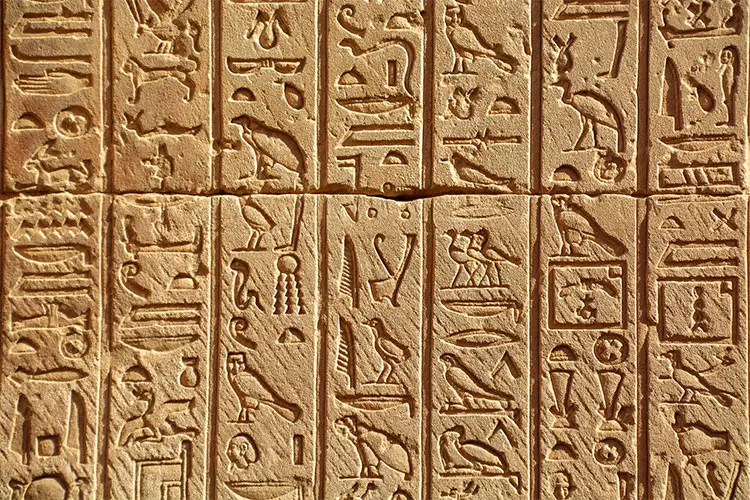
← Watch Out!
Keep an eye out for the bucket-list icon! There are examples and photos of famous sites and relics sprinkled throughout this guide that pertain to each legacy.
Religion
Without a doubt, the defining feature of Ancient Egyptian society was religion. All of the famous ruins in our Ancient Egypt collection are in some way related to the beliefs and religious hierarchy created by this ancient civilization.
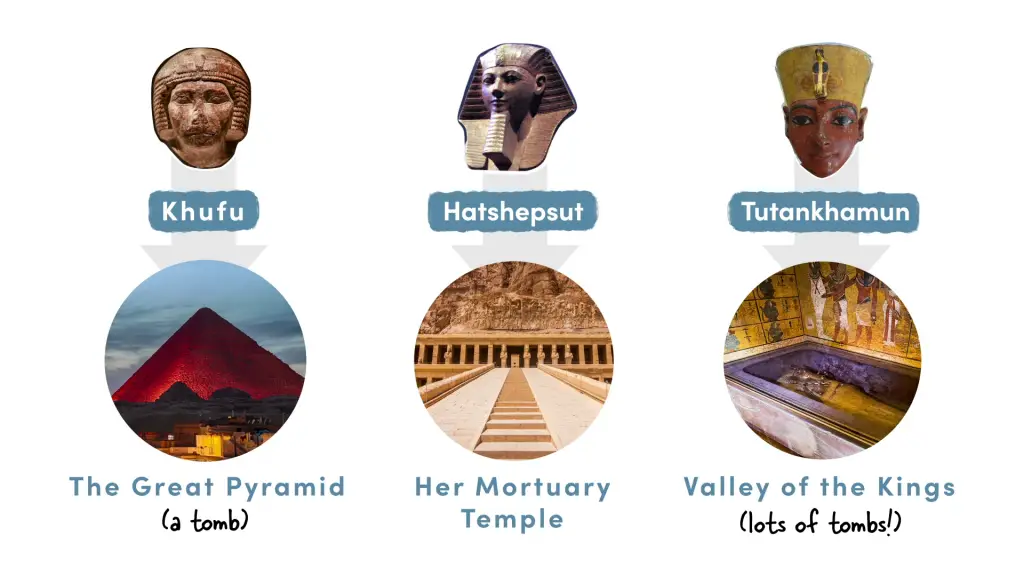
This hierarchy was made up of four entities: the gods, the king, the blessed dead and the general population. At the top of their religion, the gods were based around the way of life and the dependencies of the growing population. For example, each year, the Egyptians would rely on the flooding of the Nile Delta to fertilise the arid land and therefore would pray to Osiris who was one of the gods responsible for bringing these foods.
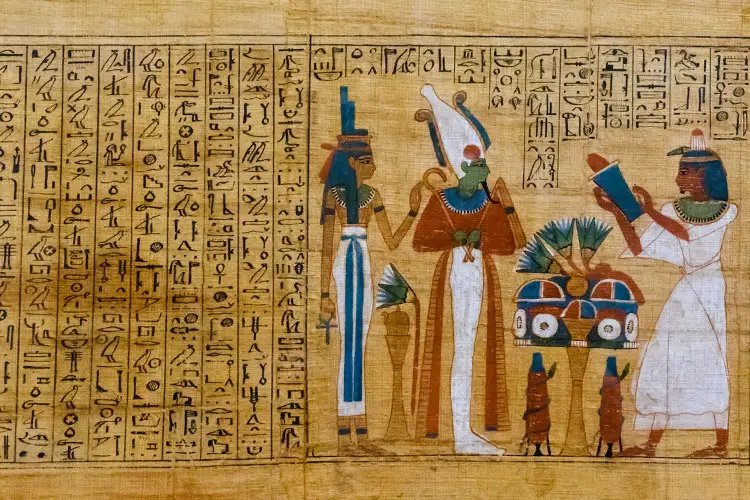
Next in order came the current king—the head of the Egyptian state—who would go to great lengths to ensure they correctly ascended into the afterlife. The “blessed dead” sat higher up the social hierarchy than the general population—beneath the gods and the king—so ensuring this ascension was crucial for each king. It should come as no surprise then that most of the gigantic stone structures you will see were built either as some kind of burial ground or a temple to worship the gods.
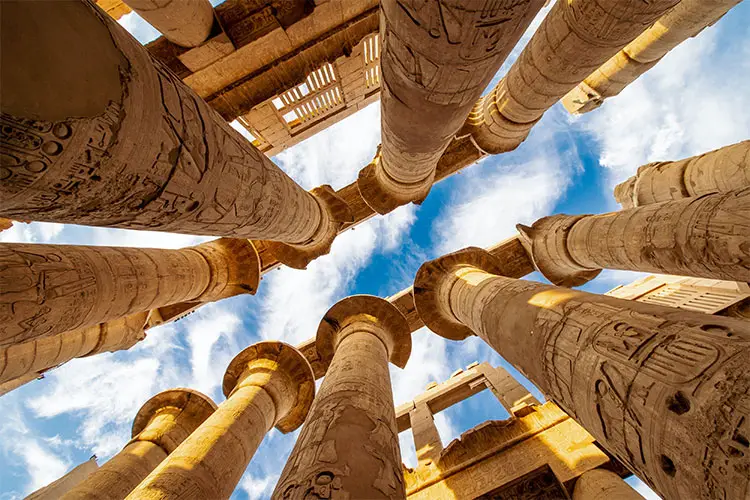
Valley of the Kings & The Tomb of Tutankhamun
Valley of the Kings is to Thebes what Giza is to Memphis. It is found within the larger Theban Necropolis alongside The Valley of the Queens and Deir el-Bahri. The site sits beneath Al Qurn, the highest point in the Theban Hills at 420m; this beautiful red-limestone hill looks particularly spectacular as the sun rises from the east.
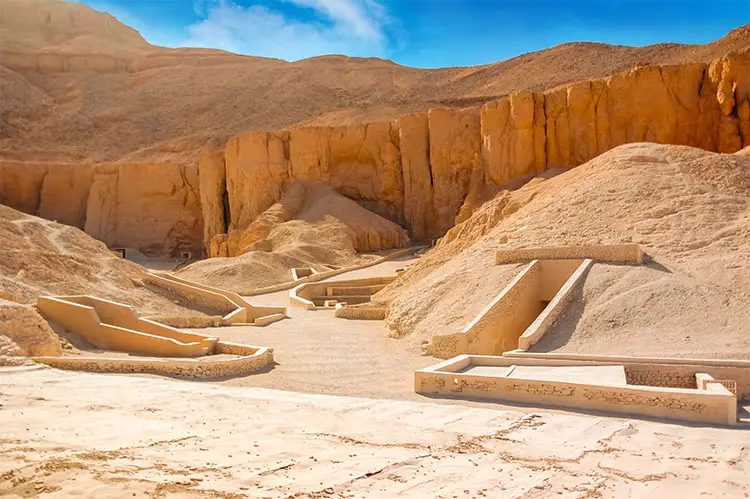
With the age of the pyramids behind them, tomb building had taken a completely different form by the days of the Theban capital; The tombs in the Theban Necropolis are instead cut into the limestone rock and decorated with religious inscriptions of text and images. One of the most recent exciting discoveries at Valley of the Kings was the Tomb of Tutankhamun in 1922 (ok, relatively recent!).
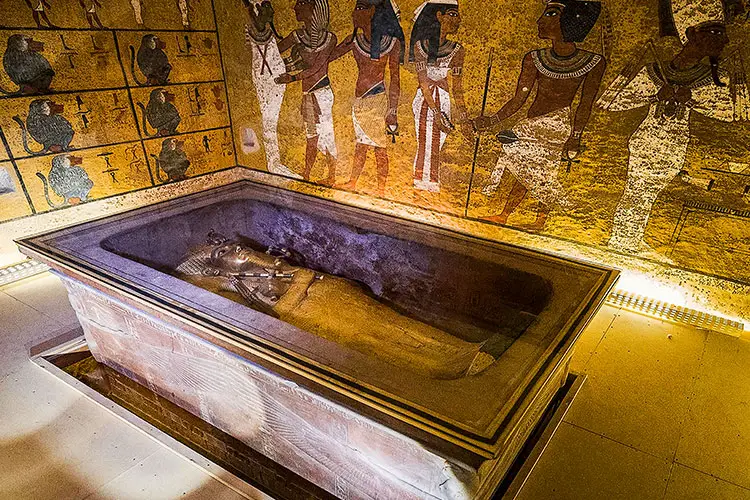
The tomb was found well after it had been assumed there were none left and it contained over 5,000 artefacts intended to accompany the young king to the afterlife. The tomb itself is fairly small for a king, however, the treasures unearthed took a decade to catalogue and the general public’s excitement towards the find forever immortalised King Tut as one of Ancient Egypt’s most fascinating characters.
Engineering
To this day, we are still unable to fully comprehend how the pyramids at Giza were built. That really goes to show—given all our newfangled technology—just how advanced the Egyptians were when it came to engineering and construction.
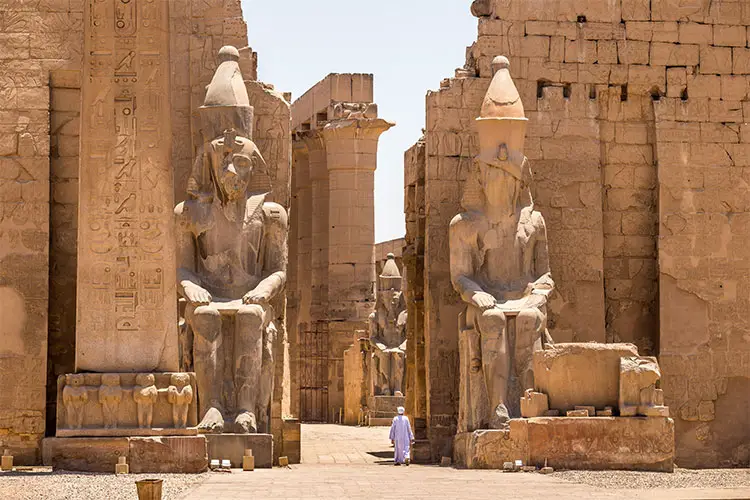
There are several main phases to note. Pyramid construction defined the first of the great kingdoms, with pharaohs progressing from stepped pyramids to smooth diagonal sides, once they made advancements in stonework and mathematics. Then the use of columns became more prevalent in their construction and intricate temples were decorated with gigantic stone sculptures. When staring in awe at some of these epic creations, it’s worth bearing in mind the tools and resources they would have had available at that time. This, in my opinion, makes the ruins of Ancient Egypt all the more awesome.
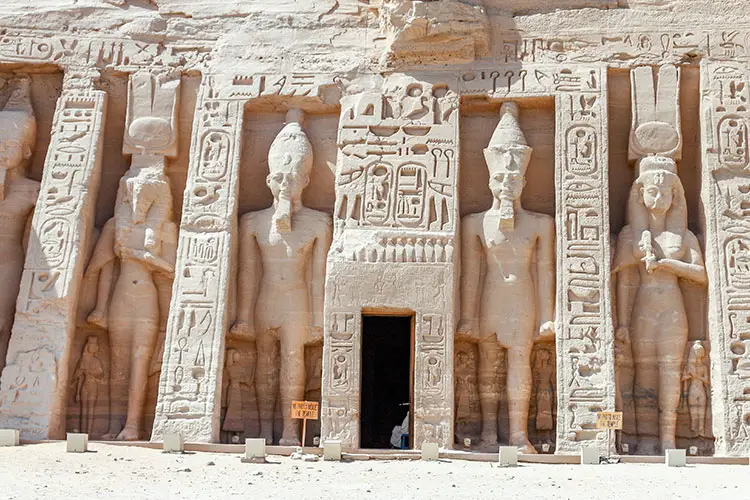
The Giza Pyramid Complex
Of the 7 wonders of the ancient world—a list curated by the Greeks—only one remains, the Great Pyramid of Giza. At 481 ft, this structure stood as the tallest building in the world for almost 4,000 years—until the Lincoln Cathedral was built in England in 1311. It has been assumed for many years that the Egyptians used a series of ramps to haul the enormously heavy blocks up the side of the pyramid but this is difficult to prove for sure.
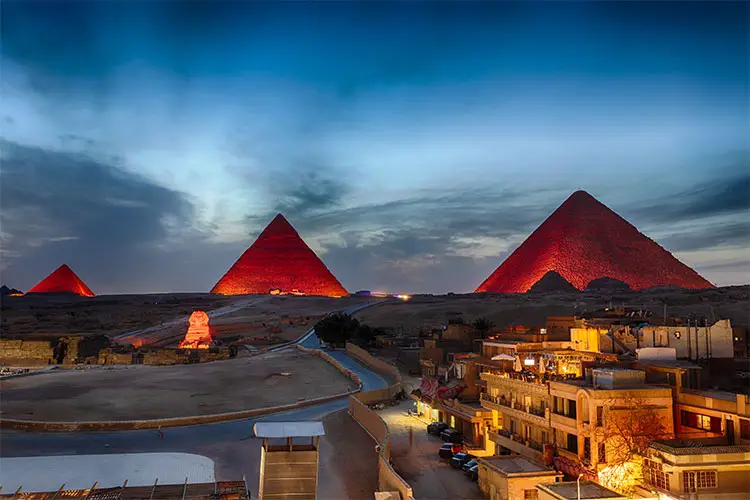
Estimates range from 10-20 years in total construction time and one study suggested that there could have been a workforce of up to 40,000 people all working at once. The interior of the structure contains a series of passages and chambers including a Robber’s Tunnel, which acts as the tourist entrance. The Pyramid is part of the larger Giza Necropolis, which contains 2 other large pyramids and the Great Sphinx.
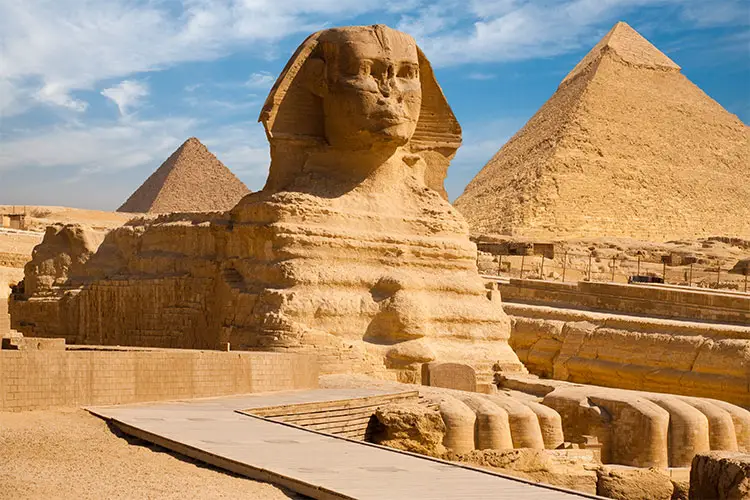
Communication
One of the reasons we’ve been able to decipher so much of Egypt’s history is the inscriptions and paintings left behind in their tombs, temples and other structures.
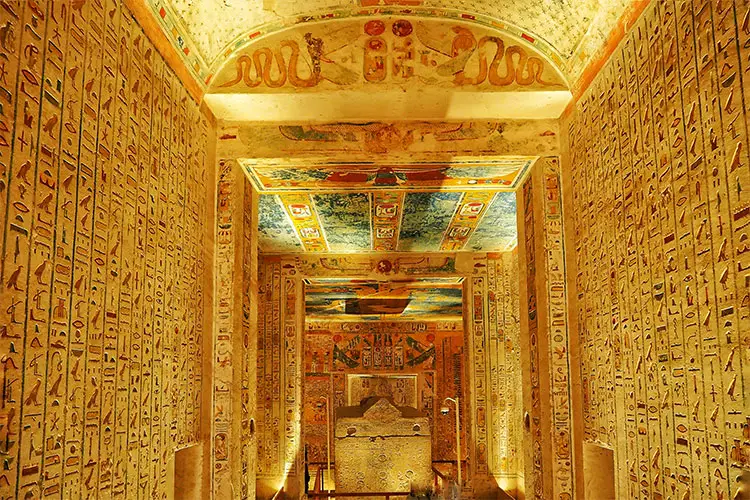
It’s also worth bearing in mind how revolutionary writing was during this period; the spoken word was much more advanced at this point and it was the Egyptians who led the way in developing a written script for the purpose of communication and record-keeping. The first and most recognised of these scripts was the Hieroglyphic script, which contained around 1,000 characters. Their written language developed over time into Hieratic, Demotic & Coptic scripts which were progressively similar to modern-day scripts with which are much easier to write long-form content.
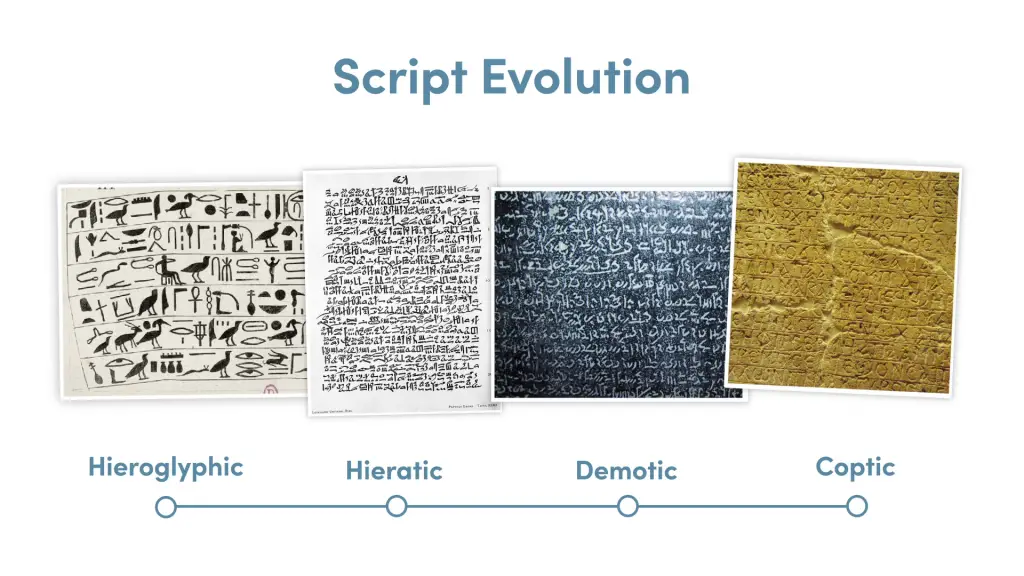
There have been several breakthroughs in deciphering the exact meaning of each of these scripts, not least of which is the Rosetta Stone…
The Rosetta Stone
The Rosetta Stone, which resides in the British Museum, is an important part of Egyptian history and is one of the reasons we understand hieroglyphics as well as we do. The stone dates back to the Ptolemaic Period and is inscribed with a decree from Ptolemy V Epiphanes. Ptolemaic Egypt was an amalgamation of Greek and Egyptian society and not all Greeks spoke Egyptian and vice versa. Therefore, the stone was inscribed in three different languages: hieroglyphic and Demotic script for the Egyptians, and an Ancient Greek script for, well, the Greeks! Thanks to this direct translation, we were able to decipher more of the hieroglyphic characters, which enabled us to better understand the inscriptions at many of the famous sites around Egypt.
